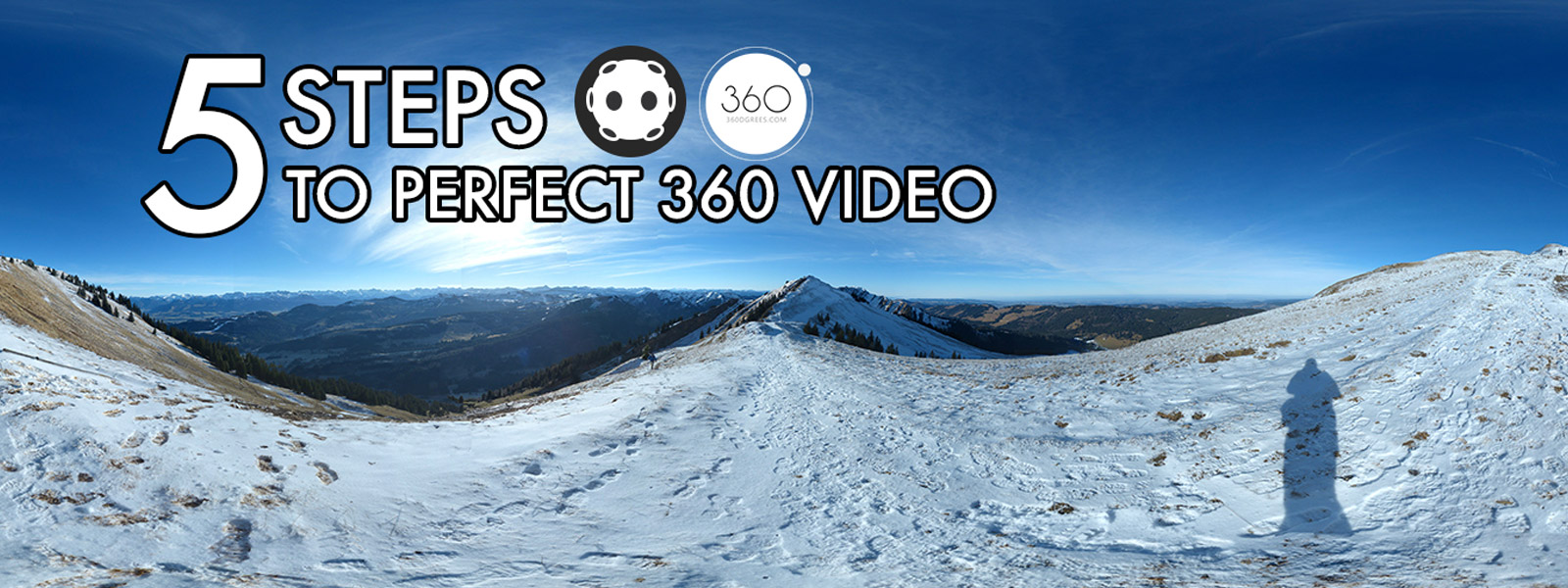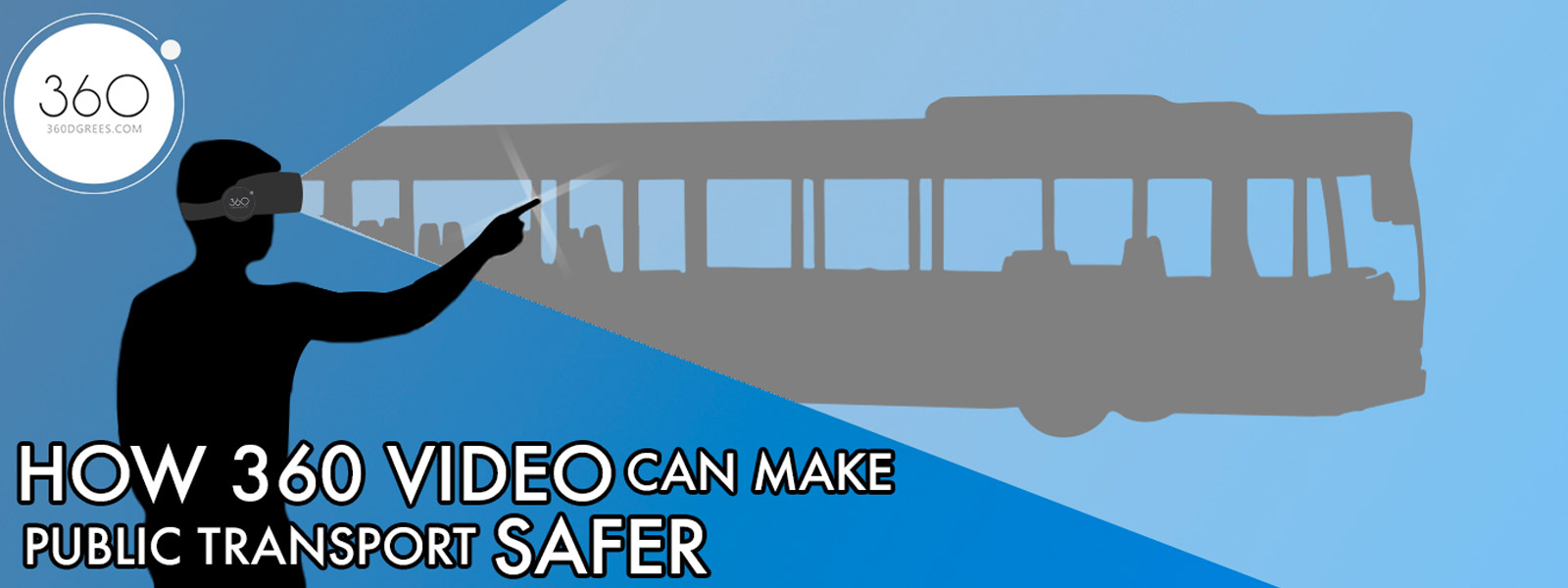Written by Toby Ellis, CEO at 360dgrees.com
There’s a problem with traditional training:
- Real participation rates are low
- Retention of knowledge is low
- Training is delivered in abstraction of consequence
And it’s not the fault of the training teams, the people taking part or the organisations: It’s a symptom of the tools at disposal not helping. Technology is to blame! But it doesn’t need to be. Mixed Reality (MR) Training is enabling organisations to reimagine training and pedagogies, to deliver improved results and a renewed enthusiasm on the part of the participants.
Let’s take a step back. Imagine a traditional training session at work. There are 10 people who are attending the 2-hour session away from their desks/jobs. Despite the very best of intentions of participants and trainers, too often the below is the real outcome:
- 4 people are thinking about what they are going to do after work or at lunch
- 2 people are consumed by the thought of all the work they could be doing if they were back at their desk
- 1 person is reminiscing about the time they saw the Wallabies win the Bledisloe cup, on the siren, with a John Eales conversion in his very last game
- 1 person is fading in and out of consciousness and is lucky to have the support of their colleague next to them who is providing some well timed ‘nudges’ to keep them from being noticed
- 2 people are listening
A lot of effort and a large commitment by everyone, that deserves a better result.
Fast forward to the same training delivered using MR Training.
- The training is a game delivered using Mixed Reality. They put on the MR Headset, then get immersed in a game that shows them real people, asking real questions and each decision they get to see the same people show them what the consequence of that decision is. As if they are right there and it is happening to them in the 1st person.
- Each participant can go through the training as part of a team or on their own, when it suits them.
- The training team and organisation get access to the rich analytics of the MR Training for each individual and as a team/organisation to identify trends and think strategically about training needs.
- The training can take a fraction of the time and the team are pretty excited about taking part in MR Training!! Let’s not kid ourselves… it’s cool!
So, you’re left with more people participating, retaining more, with an opportunity to experience consequence.
These are exactly the sorts of outcomes 360DGREES.COM are helping enterprises achieve by challenging and innovating the way they deliver training. No longer a tick in the procedural box… training that delivers real outcomes. But it’s hard to explain… get in touch with us and we can show you so you can experience it for yourself.
1 Source: National Training Laboratories, USA
Banner image modified from original by Patsy Lynch @ FEMA Photo Library
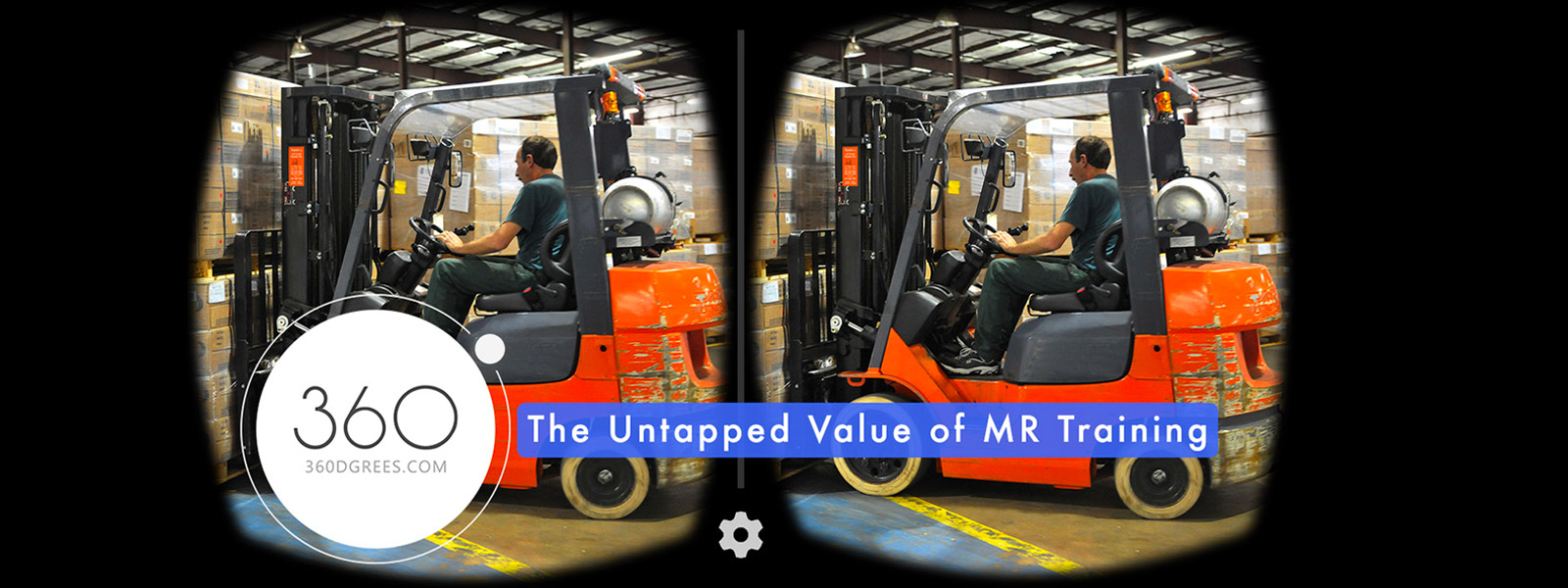
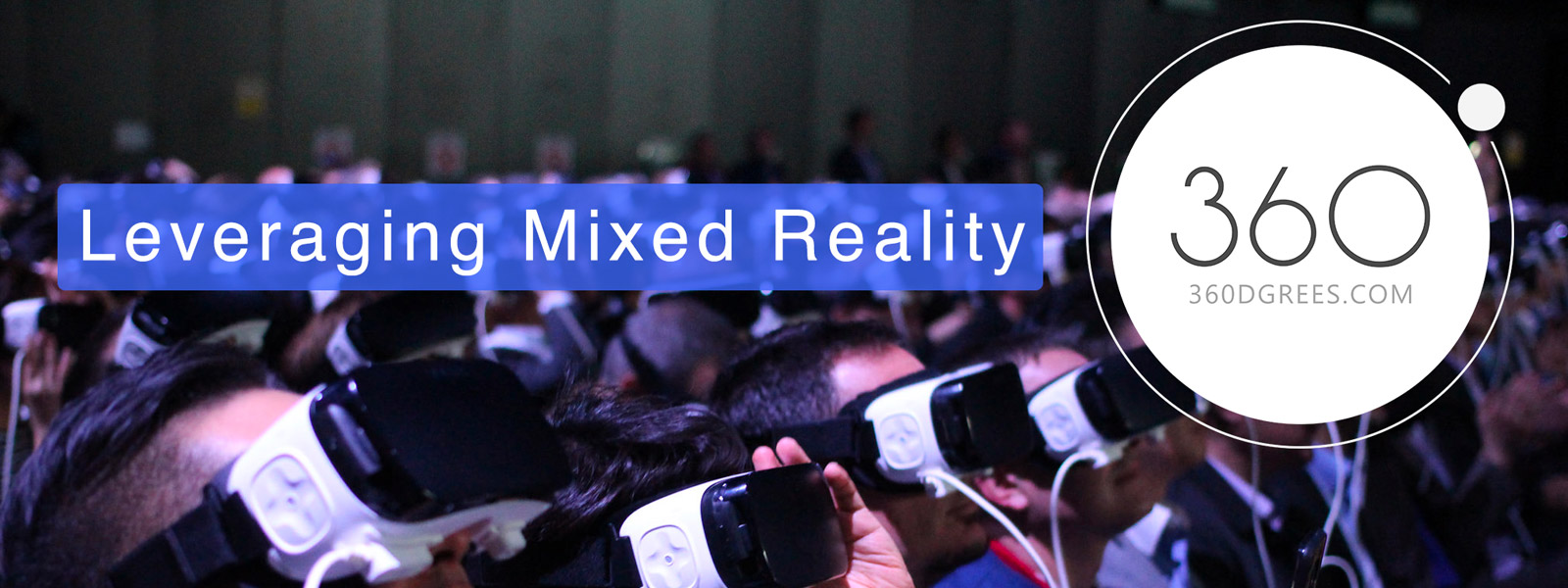


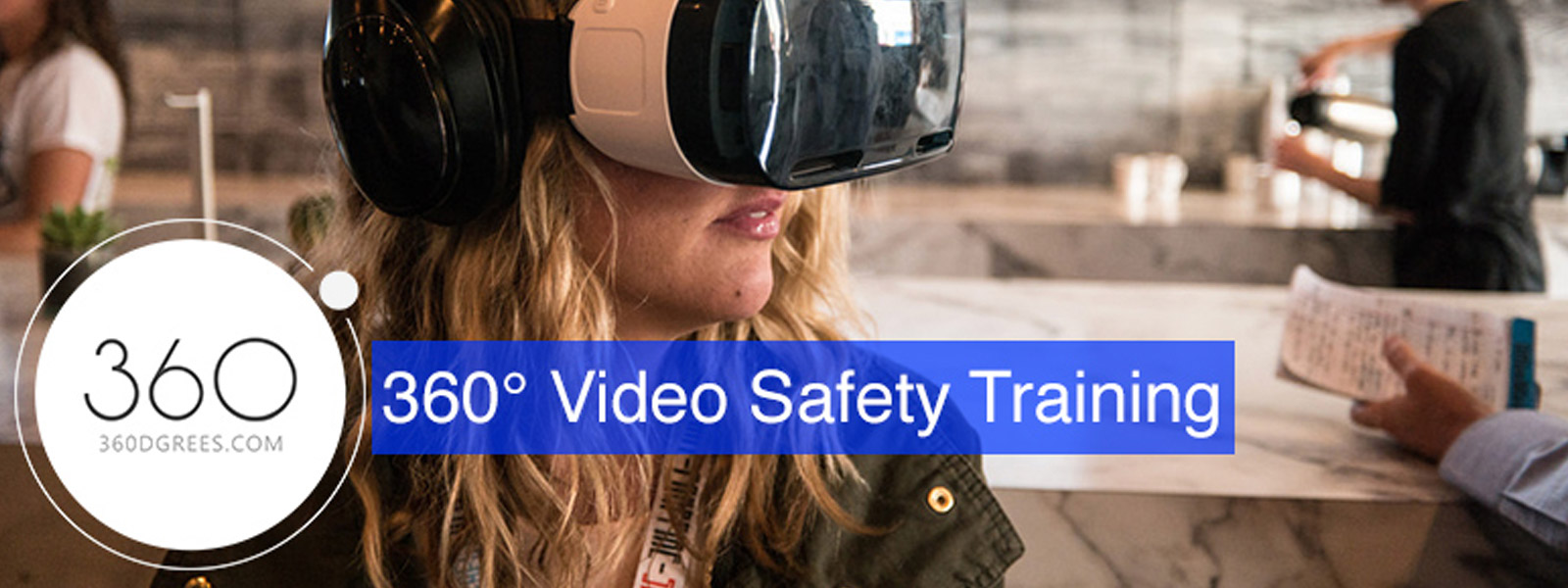
 360° video uses either omnidirectional cameras, or a collection of cameras stitched together in post-production, to create spherical videos which can be viewed using a virtual reality headset. With a headset on, the user is in a real world environment where they can look around in every direction. 360° video can also be augmented with interactivity – hotspots which give the user the ability to move between immersive environments, make choices, and more.
360° video uses either omnidirectional cameras, or a collection of cameras stitched together in post-production, to create spherical videos which can be viewed using a virtual reality headset. With a headset on, the user is in a real world environment where they can look around in every direction. 360° video can also be augmented with interactivity – hotspots which give the user the ability to move between immersive environments, make choices, and more.
